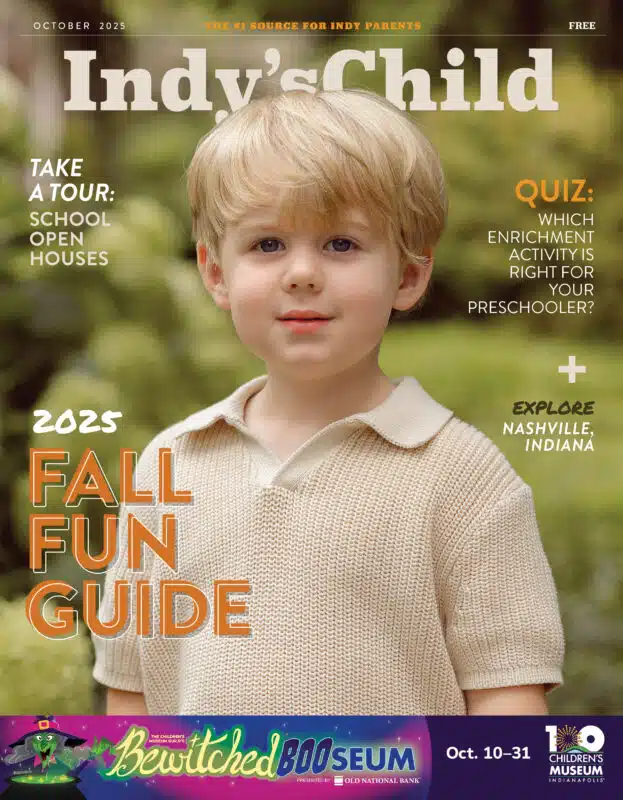If you have a child on the autism spectrum, you understand the importance of routine and structure in your child’s world.
You also understand that some new experiences are inevitable. The question is: How do you prepare your child for something new that may be on the horizon, such as flying for the first time?
“Before your trip, watch videos, read books or social stories about air travel, and review a picture chart that steps through each piece of the airport experience,” says Stephanie Buttler, director of behavior at Tangram, an Indianapolis not-for-profit organization that supports people with disabilities. “Parents can contact the airline directly, and let them know they will be flying with a child with special needs. The airline may be able to offer special accommodations, such as a fast track through TSA. It would also be helpful to have a separate bag with sensory items, such as headphones to block noises and a baseball hat to block stimulating lights or people.”
Zionsville resident Jennifer Holcomb has a son on the autism spectrum who has been flying since the age of 9 months. She says that, for some children, difficulty may arise even before stepping into the airport.
“The process of boarding and exiting the shuttle are particularly difficult for my child, who struggles to maintain an appropriate distance from those he doesn’t know,” Holcomb says. “A couple ideas for avoiding this are to use an Uber or Lyft, or to have a family member provide a ride to and from the airport.”
When it comes to boarding the plane, parents need to consider whether their child will do better boarding early or toward the end. Many airlines offer families the option to board first, but this means an extra 15 minutes or more sitting in a confined cabin space. Holcomb realized her son did better boarding with the last zone when most passengers were already seated.
When Holcomb’s son was an infant, she realized it was better for him to fly rear facing in his convertible car seat, rather than in her arms. Even today as a 7 year old, “He has a strong drive for proprioceptive sensory input, which translates to a lot of seat-kicking,” Holcomb says. “We’ve found it helps to have him sit in the window seat with an adult next to him, and then another member of our party in the seat directly in front of him. This seems to be the least over-stimulating because the shade can be lowered or raised, and there is only one person next to him.”
Holcomb also suggests bringing personal electronic devices with apps and/or movies loaded that don’t require an internet connection, and a backpack with items for regulating sensory input. Also important is to budget extra time so your child does not feel rushed.
With some preparation, you and your family can have a smooth, turbulence-free trip through the friendly skies. But if you do experience some bumps along the way, remember that before you know it, you will be back on solid ground.
Flying Resources
TSA Cares can facilitate a 1:1 TSA passenger support specialist and shorter lines through the security screening process. Be sure to call 72 hours prior to travel date. 855-787-2227, tsa.gov/travel/passenger-support
Wings for Autism allows autistic children and their families the opportunity to have a “trial run” at the airport, complete with obtaining a boarding pass, security check, plane boarding and deplaning, and exiting the airport. Contact The Arc at 800-433-5255 for more information.
Soaring for Autism offers a couple of airport simulation events each year, in partnership with the airport and ASI. autismsocietyofindiana.org/soaring-for-autism






